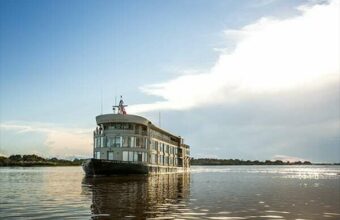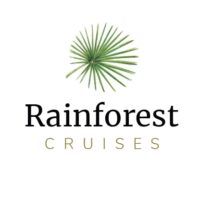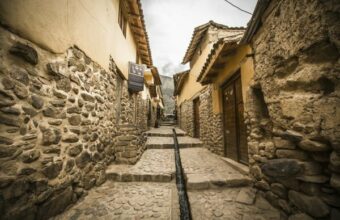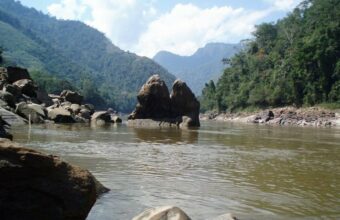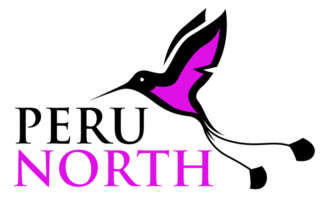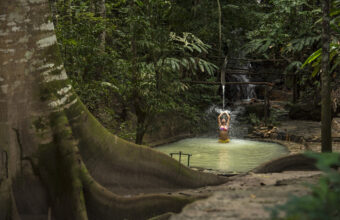How To Get To Chanchamayo And The Selva Central
Jungle lodges and Germanic towns
The Selva Central, or Central Jungle, lies slap-bang in the middle of Peru, primarily within the tropical Chanchamayo Province. It isn’t as famous internationally as the jungles around Iquitos and Puerto Maldonado and sees far fewer foreign tourists.
But many limeños, as residents of Lima are known, head there at weekends and during holidays to escape the grey skies of the capital. It also has a distinct cost advantage over the jungles of northern and southern Peru.
Excursions, lodges and services are generally more affordable in the Selva Central, reflecting its current role as a domestic, rather than international, tourist destination.
The drive from Lima to the Selva Central is an experience in itself. The eight hour trip by car or bus covers all three geographic regions of Peru, from the coastal desert, up through the highlands and then further east, dropping down spectacularly into the forest-covered foothills of the Andes.
Here the environment is classic selva alta, or high jungle, with hills and mountains covered in cloud forest rather than the lowland rainforest found further into the Peruvian Amazon.
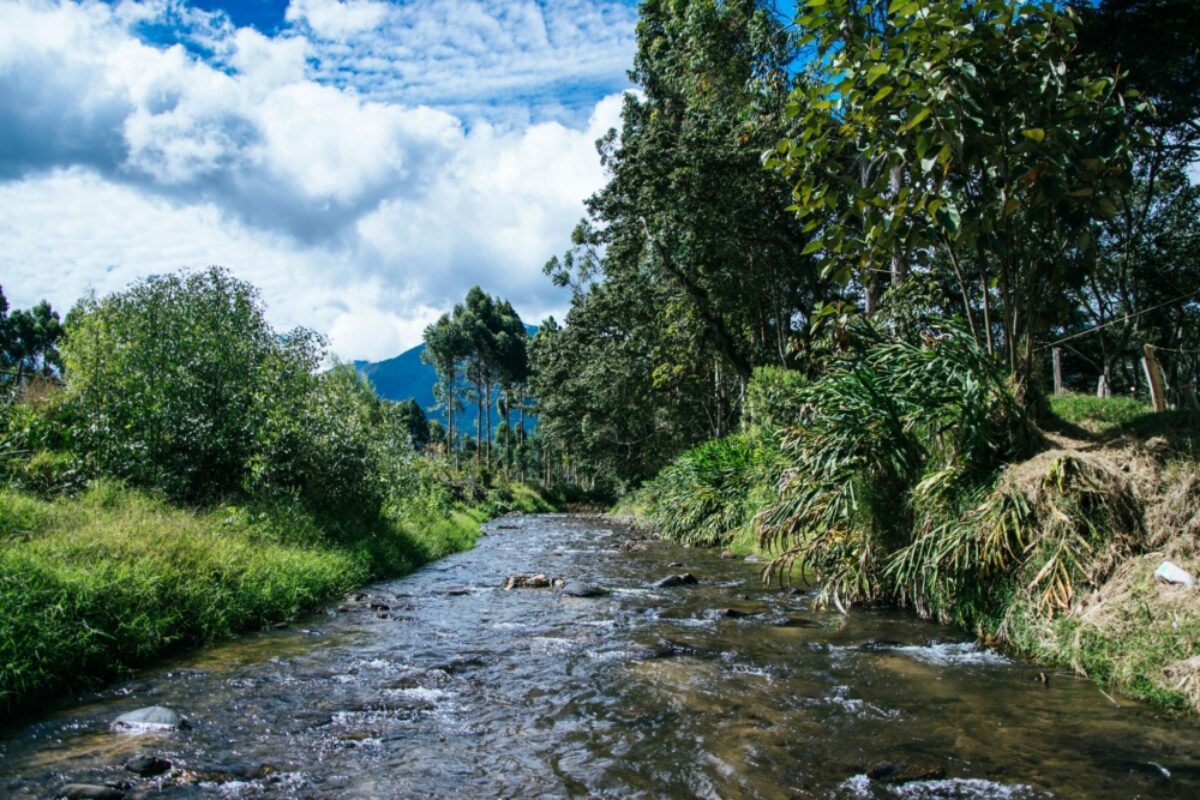
Quebrada la Esperanza, Oxapampa, Peru
Most tourists stay in La Merced or San Ramón, the two main towns in the lush Chanchamayo River valley.
The valley is a verdant and wonderfully picturesque place to explore and relax, dotted with waterfalls that tumble down through the surrounding hills, and numerous natural and manmade swimming spots.
Outdoor enthusiasts have plenty of trekking trails to choose from, and birdwatchers will find themselves in an avian paradise filled with numerous species, including hummingbirds, squirrel cuckoos and the Andean cock-of-the-rock (Peru’s national bird).
The Chanchamayo Province is also known for its fruit and coffee production, with some plantations offering tours around their farms.
Oxapampa
Just 50 miles north of La Merced in the Pasco Region lies Oxapampa, one of the most unique towns in Peru.
Founded by Austrian-German settlers in 1891, Oxapampa is a ranching and coffee centre with a distinct German influence. And 40 miles north of Oxapampa is an even older Austrian-German settlement called Pozuzo, which was settled in 1859.
Buildings in both towns have a Tyrolean look, and some locals still have the blonde hair and blue eyes of their ancestors. Austrian-German food and culture thrive in the region, including traditional customs and a healthy appreciation for locally made beer.
Oxapampa and the wider Oxapampa Province have experienced something of a boom in the last decade or so, with many new businesses opening to cater for tourists. Luxury accommodation is now more common, as are lodges and boutique guesthouses. The lodges are different from the classic jungle lodges of the deeper Amazon, and can more correctly be described as eco-lodges. Many of them are located in stunning surroundings, with rooms at very reasonable prices.
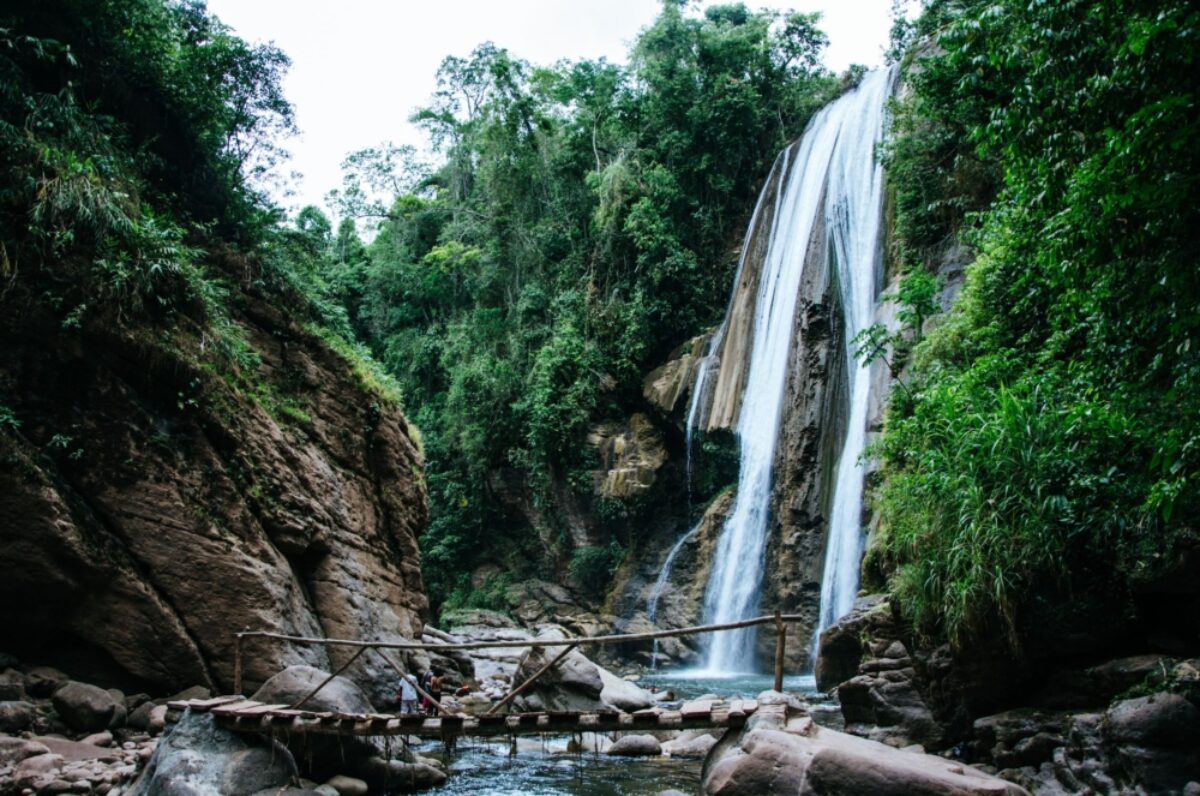
Velo de la Novia waterfalls, Chanchamayo, Peru
Selva Central jungle
To experience the lowland jungle in the Selva Central, head about 200 miles north of Chanchamayo to Pucallpa in the Ucayali Region (or fly directly to Pucallpa from Lima).
Pucallpa is a port city on the banks of the Ucayali River, a main headstream of the Amazon River. The city itself isn’t too pretty, and the jungle immediately surrounding it has been largely cut down. Just a few miles north of Pucallpa, however, is Lake Yarinacocha, a huge oxbow lake formed by an ancient meander of the Ucayali.
From the small port village of Puerto Callao, tourists can hire boats to explore the lake. You can visit the indigenous Shipibo-Conibo communities that sit along the banks of the lake, where colourful and intricate craftworks are on sale.
Bird spotting opportunities abound, and you’re likely to see river dolphins as you cruise across the waters. You’ll also find jungle lodges dotted around Yarinacocha, ranging from rustic and affordable to luxurious and expensive. Yarinacocha is also known for its ayahuasca ceremonies, in which shamans guide people through lengthy sessions under the influence of the jungle vine.
From the large but often chaotic port in Pucallpa, you can board cargo boats for the four-day trip to Iquitos. Alternatively, you can fly directly from Pucallpa to Iquitos or Lima. As with the Selva Central in general, Pucallpa has a tropical climate. The wettest months tend to be in March and December, but that shouldn’t deter you from visiting.

